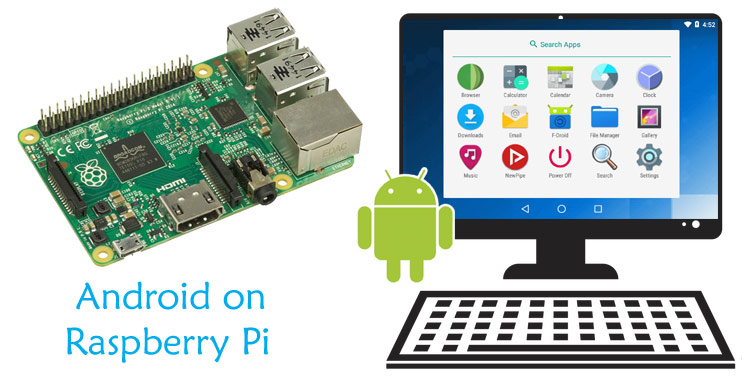
- #Raspberry pi how to install os software
- #Raspberry pi how to install os download
- #Raspberry pi how to install os windows
Give your Raspberry Pi OS installation a name to identify the device on your local network. To open and configure additional options, click the gear icon in the bottom right corner of the app. The sub-window will close, and you will be back on the home screen of the Raspberry Pi Imager. In our case, it is a 16GB USB stick, so we click on it.

If you have more than one, pick the ones from the list on which you will install the Raspberry Pi OS.

To choose it, hit the “CHOOSE STORAGE” button.Ī sub-window will appear in which your extra storage devices should be listed. The next step is to specify the storage device on which we will install Raspberry Pi OS. The window will close, and the “Operating System” section will display the Raspberry Pi OS type you selected. Once the application opens, select “CHOOSE OS.”Ĭhoose “Raspberry Pi OS (32-bit)” from the open window. Now everything is ready so that we can begin the installation process. In addition, the “Install Raspberry Pi Imager” section of this guide may be helpful to you. If you are using Linux, see the instructions for your distribution. Next, insert a microSD card/reader or USB stick into your computer and Launch Raspberry Pi Imager.

#Raspberry pi how to install os download
In your browser, navigate to and download and install Raspberry Pi Imager.
#Raspberry pi how to install os windows
In this guide, we will install it on Windows and use a USB stick instead microSD card to install our Raspberry Pi OS on it. Raspberry Pi Imager is available for Windows, Linux, and macOS. At the same time, it will format the storage device to the correct filesystem used by the Raspberry Pi OS.įurthermore, it is supported by the Raspberry Pi Project and is the recommended and official method of installing the Raspberry Pi OS. It is specially designed to write a Raspberry Pi operating system to an SD card or USB stick.
#Raspberry pi how to install os software
This software simplifies the Raspberry Pi OS installation onto our microSD card or USB stick and makes the entire process easier. The first step is to install the Raspberry Pi Imager. Now that everything is in place, it’s time for installation. Micro USB Power supply (for Raspberry Pi versions before 4) or USB-C Power supply (for Raspberry Pi 4).HDMI to HDMI cable (for Raspberry Pi versions before 4) or Micro HDMI to HDMI cable (Raspberry Pi Zero and Raspberry Pi 4).microSD card (all Raspberry Pi versions) or USB stick (Raspberry Pi 3 B+ and Raspberry Pi 4 support installation and booting from a USB) at least 8GB, preferably 16GB or higher.To follow this guide and install Raspberry Pi OS on your Pi device, we’ve explained all the hardware components you’ll need below. Furthermore, Raspberry Pi OS is fully optimized for Raspberry Pi devices, allowing you to make the most of the available hardware. It has been produced as the primary operating system for these boards since 2013, with an initial version in 2012. It is a free, open-source, Linux operating system based on Debian engineered for use on Pi boards. Raspberry Pi OS (previously called Raspbian) is an officially supported operating system by the Raspberry Pi Foundation. This guide will walk you through all the steps needed to install the official operating system, Raspberry Pi OS, provided by the Raspberry Pi Project, supported and recommended for use by the Pi’s manufacturer.īut before we go any further, let’s explain Raspberry Pi OS. This means you’ll have to install it yourself. However, the Raspberry Pi does not ship with an operating system pre-installed. Its uses are nearly unlimited users use it to learn programming skills, build hardware projects, for server needs, do home automatons, or just as a desktop replacement. The Raspberry Pi is currently the most widely used single-board computer.

Got a new Raspberry Pi? This guide walks you through each step of installing Raspberry Pi OS on your Raspberry Pi device with ease.


 0 kommentar(er)
0 kommentar(er)
